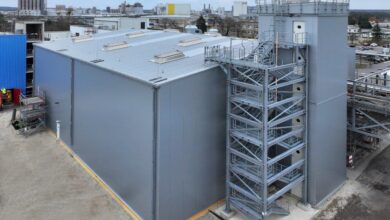Key Benefits
- Fast, accurate payment
- World-class laboratories
- ISO-accredited methods
- End-to-end transparency
- Robust resources
- Unparalleled support
When you partner with BASF to recycle catalytic converters, you get unparalleled transparency, exceptional value, and personalized support throughout the process.
Watch the video for an overview of everything you can expect, from your first call to the customer support desk to the final payment for your catalytic converter scrap.
When it comes to getting paid accurately based on the material you send, BASF’s automotive catalyst recycling service is the best in its class.
Our world-renowned assay lab uses ISO 17025/17043 accredited methods
in line with international standards for platinum group metal (PGM)
determinations. To validate our capabilities with the rest of the global
industry, we partner with other laboratories and perform round-robin
exercises.
BASF provides payment based on the metal you
provide. Because we understand how important it is to your business, we
always ensure payments are issued promptly and accurately.
Sampling & Assaying
BASF accepts automotive catalyst material in many shapes or forms,
whether it’s canned, rough crush, or milled. Our sampling process
involves continuously stripping out scrap metal, weighing, and refining
samples until they are homogenous and representative of the entire lot.
When
it’s time to perform an assay, analyses are run in triplicate. With
ISO-accredited analytical and statistical methods, advanced recycling
equipment, robust resources, and a team of highly trained chemists, you
get the most precise results in the industry.
Our customer support team has the comprehensive knowledge you need to navigate all facets of the automotive catalyst recycling process, and we pride ourselves on being available to answer your questions and concerns at any point in the process.
BASF provides access to a pool of on-demand knowledge and market insights from experts in and about PGM market trends and the precious metals industry. We know the market and provide price updates from the Engelhard Industrial Bullion (EIB) pricing to support a fact-based approach to help our customers make informed decisions based on public information.
Ready to Get Started?
Contact a BASF rep today, and we'll walk you through the automotive catalyst recycling process from start to finish. Feel free to download our brochure for easy reference.
Contact a BASF RepApr 16, 2024
Apr 11, 2024
Contact a BASF Expert
Complete the form to get in touch with one of our automotive catalyst recycling experts. We look forward to your inquiry.




